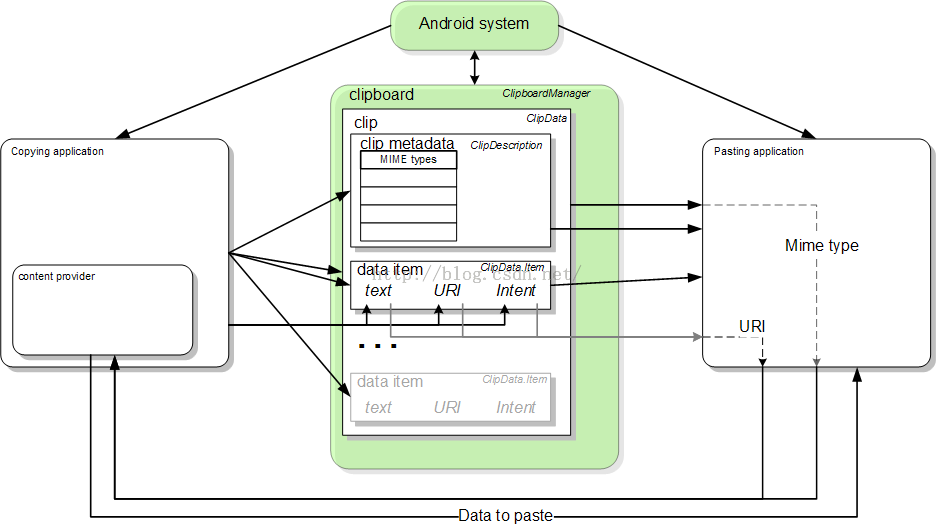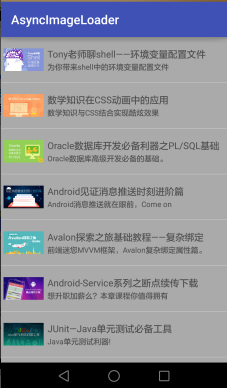Android開發中,有時候我們需要對信息進行保存,那麼今天就來介紹一下,保存文件到內存,以及SD卡的一些操作,及方法,供參考。
第一種,保存數據到內存中:
//java開發中的保存數據的方式
public static boolean saveUserInfo(String username,String password){
File file = new File("/data/data/com.ftf.login/info.txt");
try {
FileOutputStream fos = new FileOutputStream(file);
// ftf##123
fos.write((username+"##"+password).getBytes());
fos.close();
} catch (Exception e) {
// TODO Auto-generated catch block
e.printStackTrace();
return false;
}
return true;
}
//Android開發中,保存數據的方法,我們傳遞一個context對象,這樣就可以較為直接的把數據保存到程序在手機系統中的單獨的文件夾,符合Android的開發規范,
public static boolean saveUserInfo(Context context,String username,String password){
try {
File filesDir = context.getFilesDir();
File file = new File(filesDir,"info.txt");
FileOutputStream fos = new FileOutputStream(file);
// ftf##123
fos.write((username+"##"+password).getBytes());
fos.close();
} catch (Exception e) {
// TODO Auto-generated catch block
e.printStackTrace();
return false;
}
return true;
}
/*
* 獲取保存的數據
*/
public static Map<String,String> getSavedUserInfo(Context context){
File filesDir = context.getFilesDir();
File file = new File(filesDir,"info.txt");
try {
FileInputStream fis = new FileInputStream(file);
//使用buffer,
BufferedReader br = new BufferedReader(new InputStreamReader(fis));
String str = br.readLine();
String[] infos = str.split("##");
Map<String,String> map = new HashMap<String, String>();
map.put("username", infos[0]);
map.put("password", infos[1]);
return map;
} catch (Exception e) {
// TODO Auto-generated catch block
e.printStackTrace();
return null;
}
}
第二種,保存數據到SD卡
這時我們需要用到Environment,來較為方便的獲取SD卡的目錄,這時隨便一般情況下,SD卡是在/data/data/sdcard目錄下,但是一些國產手機,以及平板中目錄機構不是這樣的,這樣做可以保證程序的兼容性,而且也是Android開發規范推薦。
public static boolean saveUserInfo(Context context,String username,String password){
try {
// File filesDir = context.getFilesDir();
// File file = new File(filesDir,"info.txt");
if(Environment.MEDIA_MOUNTED.equals(Environment.getExternalStorageState()));
//獲取SD卡的目錄
File file = new File(Environment.getExternalStorageDirectory(),"info.txt");
FileOutputStream fos = new FileOutputStream(file);
// ftf##123
fos.write((username+"##"+password).getBytes());
fos.close();
} catch (Exception e) {
// TODO Auto-generated catch block
e.printStackTrace();
return false;
}
return true;
}
第三,按照權限,對文件進行存儲
這個較為符合Android的開發規范,Android下文件存儲有四中類型:PRIVATE,READEABLE,WRITEABLE,READEABLE+WRITEABLE,也即私有,可讀,可寫,可讀可寫,我們在保存文件的時候可以直接進行指定,而且context可以直接打開一個文件輸出流,所以Android下開發保存文件,推薦這種方式。
public static boolean saveUserInfo(Context context,String username,String password,int mode){
try {
//
// File filesDir = context.getFilesDir();
// File file = new File(filesDir,"info.txt");
// FileOutputStream fos = new FileOutputStream(file);
//在上下文的環境創建一個文件
FileOutputStream fos = null;
switch (mode) {
case 1:
fos = context.openFileOutput("private.txt", Context.MODE_PRIVATE);
break;
case 2:
fos = context.openFileOutput("readeable.txt", Context.MODE_WORLD_READABLE);
break;
case 3:
fos = context.openFileOutput("writeable.txt", Context.MODE_WORLD_WRITEABLE);
break;
case 4:
fos = context.openFileOutput("public.txt", Context.MODE_WORLD_READABLE+Context.MODE_WORLD_WRITEABLE);
break;
}
// ftf##123
fos.write((username+"##"+password).getBytes());
fos.close();
} catch (Exception e) {
// TODO Auto-generated catch block
e.printStackTrace();
return false;
}
return true;
}
 Android混淆心得
Android混淆心得
 Unity3D UNET 模仿局域網游戲(二)
Unity3D UNET 模仿局域網游戲(二)
 Android API Guides---Text and Input
Android API Guides---Text and Input
 ListView異步加載與緩存
ListView異步加載與緩存